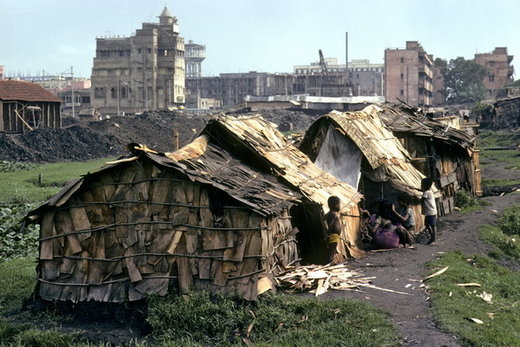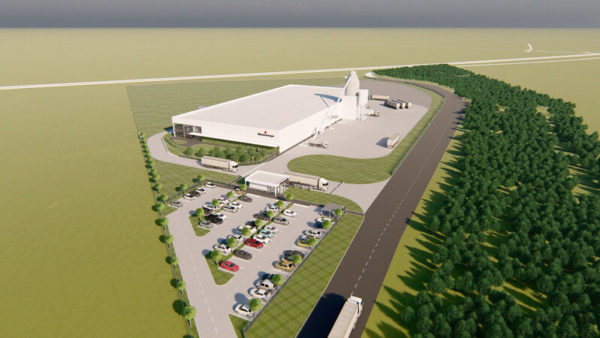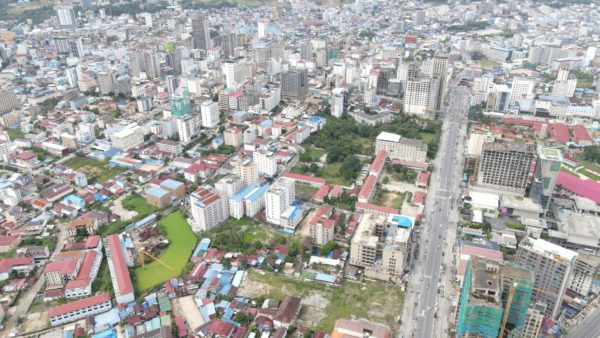17 May 2013
The World Bank has created a $100-million credit and training package to lure India’s wary home financiers down into the bottom end of the market
The World Bank says India’s urban population is expanding alarmingly fast – it’s expected to reach 600 million by 2031, more than double what it was in 2001.
Housing shortages are acute now, so it’s hard to imagine the state of affairs if the trend toward unsupported urbanisation continues.
The 2012 urban housing backlog was estimated at 19 million, meaning a quarter of urban dwellers now live in inadequate housing or are homeless.
In an attempt to get India’s urban slums improving from the inside, the World Bank has approved $100 million in credit, plus a training and guidance package for lenders, to help low income households get loans to buy, build or upgrade their dwellings.
Uniquely, a key plank in the strategy is to tempt and help lenders to engage with the low-income and so-called "informal" sectors by giving them both the capital and the know-how to do it.
Onno Ruhl, India’s World Bank country director for India, says some 10 million people flock to India’s towns and cities each year searching for work.
They find themselves shut out of formal financial markets when they go seeking loans to build or buy themselves houses, and are forced to use unregulated, informal sources of finance at much higher rates of interest.

India’s working poor are forced to use unregulated sources of finance at much higher rates of interest. (Credit: UN Photo/Oddbjorn Monsen)
"This project will allow low-income households to switch from expensive informal finance to longer-term, formal sources for their housing needs," he said. "This we expect will contribute to an average increase in incomes of people at the bottom of the pyramid."
Housing shortages are a result of several challenges facing the housing sector, the bank says.
Developers avoid the low-income market because they think it’s too risky.
And non-bank financial institutions lack access to the long-term funding they’d need to make housing finance affordable.
Meanwhile, many in the low-income population work, but in the informal sector, with no documentation of income.
The bank believes they could be served if lenders had the right tools to assess and manage credit risk for this market.
The Low Income Housing Finance Project will be implemented by India’s National Housing Bank (NHB).
"Through learning and innovative financing, the project will build capacity in NHB and the primary lenders which target low-income borrowers," said the World Bank’s Michael Markels, financial specialist and project leader.
At first, he said, the project will use pilot schemes to test the new lending guidelines and products.
"One of the aims is to preserve affordability by finding alternative forms of collateral to reduce credit risk and keep interest rates at manageable levels," he said. "Over-indebtedness and loan quality will be monitored regularly."
The project will target households with income under approximately $3,650 per year. The loan size will initially be capped at just under $10,000.
The $100-million credit from the International Development Association (IDA), the World Bank’s concessionary lending arm, which provides interest-free loans with 25 years to maturity and a grace period of five years.










